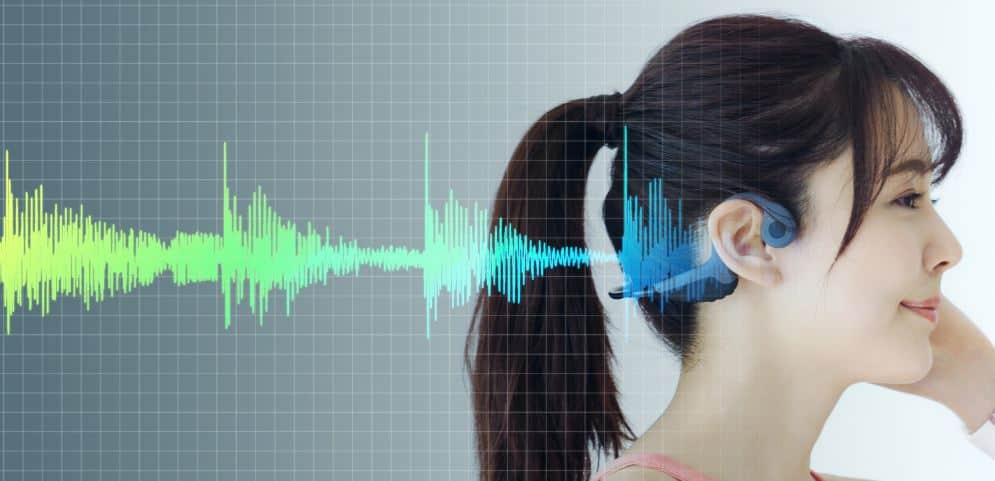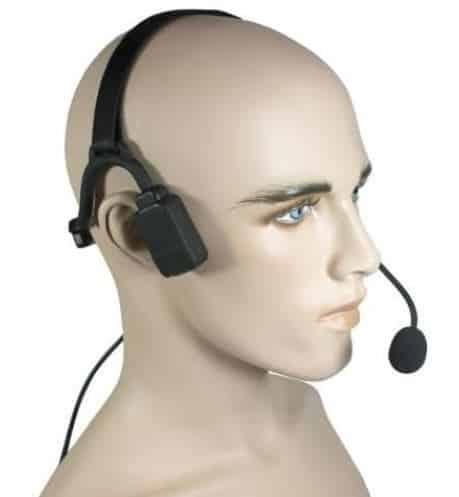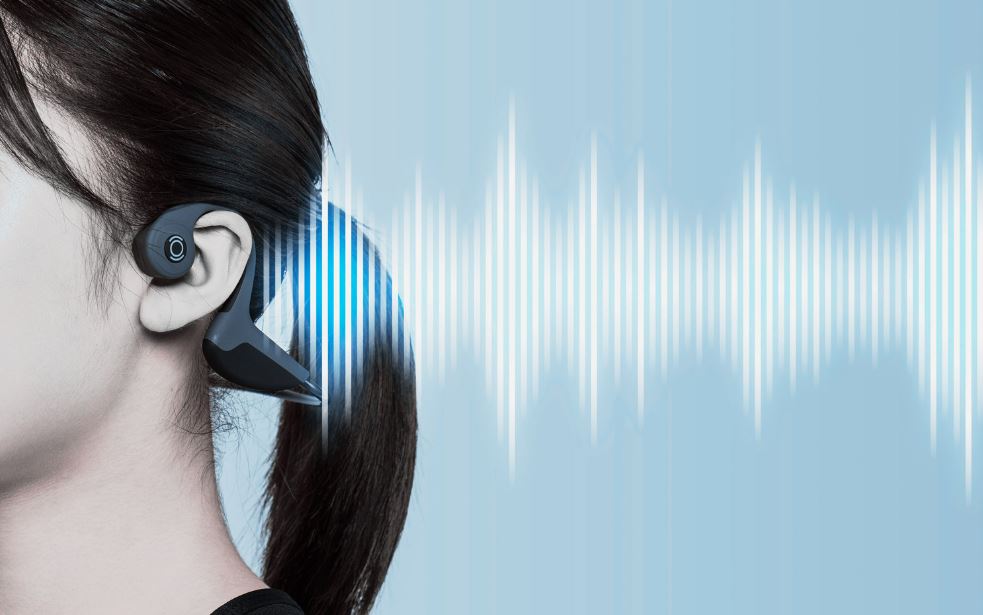According to Staab (2012), knowledge of bone conduction hearing dates back to the era of Girolamo Cardano (1501-1576), a physician, mathematician, philosopher, and early deaf educator. In his book “De Subtilitate” (1550), Cardano described a method involving a rod or spear shaft held between the teeth to transmit sound to the ear.
Bone conduction is one of the fundamental concepts audiologists learn during their training as it plays a crucial role in diagnosing hearing difficulties. Initially, it held primarily academic interest until Cabrei (1846) and Bulwer (1848) further explored its potential, utilizing a rod originally invented by Itard in 1821.
Although bone conduction had intermittent use in deaf education and showed some success with hearing aids for middle ear disorders, its practical implementation was cumbersome, often resulting in frequent headaches and other issues for the recipient.
However, over the past two decades, bone conduction has gained prominence as a potential method for hearing amplification through implantation. Devices like the Bone Anchored Hearing Aid (BAHA), Sophono, Bonebridge, Soundbite, and others have emerged as alternatives to cochlear implants and traditional hearing aids, utilizing the benefits of bone conduction hearing.
This recent development has expanded the treatment options available to otolaryngologists, audiologists, and other professionals, offering improved solutions for individuals with hearing impairments.

Bone Conduction Headsets: A Safer Alternative to Earbuds?
Despite its long-standing presence in audiology and otolaryngology, bone conduction has only recently gained traction in the consumer electronics market, particularly in military communication gear and consumer headphone products. Unlike traditional earbuds or air conduction headphones, bone conduction headphones allow users to remain aware of their surroundings while enjoying music or engaging in activities such as running. This makes them suitable for military and police applications, enabling teams to maintain communication while staying attuned to their environment. These lightweight, adjustable headsets, worn around the back of the head, offer features like volume controls and are well-vented for comfort and durability.

Not just for recreation. The Pryme® Tactical Bone Conduction SWAT Headset Boom Mic shown
One of the significant advantages of bone conduction headsets is their safety aspect, as they do not isolate the user from the surrounding environment like air conduction alternatives. Additionally, they eliminate the risk of damage caused by excessive stimulus intensity or constant ear insertion associated with earbuds and other insert headphones.
There are generally two types of bone conduction products available in the market: tactical military versions designed for combat or police purposes, ranging from $225 to $850 US$, and more affordable consumer electronic versions priced between $20 and $150 US$. The latter type caters to leisure, business, sports, study, and potentially serves individuals with conductive or mixed hearing losses.
These devices can be paired with most Bluetooth-enabled devices, including cellphones. Some headsets even come with earplugs to block external noise and enhance the sound experience, potentially delivering higher intensity sound.
How Do Bone Conduction Headphones Work?

Bone conduction refers to the transmission of sound waves through the skull bones to the inner ear. This phenomenon explains why our own voice sounds higher pitched when we hear ourselves on a tape recorder. Notably, bone conduction offers a deeper and fuller sound experience as it bypasses the sound that reaches the ear through the ear canal, resulting in a distinct perception of our own voice.
In the field of audiology, it is well-known that sound travels in waves and is transformed into mechanical vibrations when it reaches the eardrum. The pinna, or outer ear, focuses the sound into the auditory canal, causing the eardrum to vibrate in resonance. These vibrations are then transmitted through the three tiny auditory ossicles, ultimately reaching the cochlea—a fluid-filled chamber that converts the vibrations into electrical signals, allowing the brain to perceive them as sound. This process is known as air conduction hearing.
However, bone conduction hearing takes a different route, bypassing the outer ear and eardrums entirely. Instead, vibrations are transmitted directly through the bone and skull, reaching the cochlea. This unique pathway leaves the ear canal and eardrums free to perceive other sounds. Interestingly, most bone conduction headphone manufacturers opt for placing the stimulus on the jawbone rather than the traditional mastoid stimulus commonly used in audiometry. This placement is believed to offer a clearer and more consistent signal for optimal bone conduction stimulation.
Negative Side Effects from Using Bone Conduction Headphones?
Understanding that side effects can vary from person to person is crucial when considering the use of bone conduction headphones. What may be bothersome for one individual might not affect another. We explore some of the potential side effects associated with these headphones below
Possible Side Effects:
- General Discomfort or Pressure: Probably the most common issue to encounter. Some users may experience discomfort or pressure on their cheekbones, temporal bones, or jaw due to the vibrations from bone conduction headphones. This can lead to headaches in some users. Adjusting the fit, taking breaks, or trying different models with adjustable headbands and cushioning can resolve the issue for most people.
- Tinnitus issues In some infrequent cases, bone conduction headphones can potentially irritate or exacerbate tinnitus symptoms. If you have tinnitus, it’s advisable to monitor your symptoms when using bone conduction headphones and consult a healthcare professional or audiologist if any worsening occurs.
- Vertigo or Dizziness: In some rare cases, users may experience vertigo or dizziness when using bone conduction headphones. These sensations may be caused by the vibrations generated by the headphones or individual sensitivities. If vertigo or dizziness occurs, it is important to discontinue use and consult a healthcare professional for evaluation.
- Skin Irritation: Skin irritation can occur at the contact points between bone conduction headphones and the skin, especially for those with sensitive skin or allergies. This is why it’s important to ensure you have a proper fit. If you have sensitive skin, you should make sure you’re considering models with hypoallergenic materials or coatings, and regularly cleaning the headphones can help minimize the risk of skin irritation. Taking breaks during extended use time could also help prevent skin-related issues.
- Audio Quality and Sound Leakage: Bone conduction headphones generally offer inferior audio quality, particularly in terms of bass response, due to the transducers’ reduced efficiency in reproducing low-frequency vibrations (remember, your ear canals are still open). Additionally, these headphones may have sound leakage at higher volumes, as the vibrations travel through the bones and create audible sound waves in the surrounding air. To address these issues, consider balancing audio performance with the unique benefits of bone conduction technology and opt for models designed to minimize sound leakage while maintaining a moderate volume level.
Summary
Bone conduction headphones can be a good option for certain individuals and can be especially useful in specific situations. For consumer and military use, they offer advantages such as situational awareness and accessibility. However, it’s essential to understand that they may have limitations in terms of audio quality, sound leakage, and like with other types of audio devices, there’s a chance that some users will experience discomfort or other potential side effects.
Careful selection of models, adjusting the fit, and taking breaks during extended use can help mitigate any issues for the vast majority of people looking to purchase a bone conduction headset.
References:
- Brandy (2013). What is bone conduction? A look at headphones of the future. High Tech society. Retrieved July 12, 2016.
- Henry, P. & Letowski, T. (2007). Bone Conduction: Anatomy, Physiology, and Communication. Human Research and Engineering Directorate, ARL. ARL-TR-4138. Retrieved June 20, 2016.
- Staab, W. (2012). The origins of bone conduction hearing. Hearing Health and Technology Matters, LLC. Retrieved June 20, 2016.
 Robert M. Traynor, Ed.D., is a hearing industry consultant, trainer, professor, conference speaker, practice manager and author. He has decades of experience teaching courses and training clinicians within the field of audiology with specific emphasis in hearing and tinnitus rehabilitation. He serves as Adjunct Faculty in Audiology at the University of Florida, University of Northern Colorado, University of Colorado and The University of Arkansas for Medical Sciences.
Robert M. Traynor, Ed.D., is a hearing industry consultant, trainer, professor, conference speaker, practice manager and author. He has decades of experience teaching courses and training clinicians within the field of audiology with specific emphasis in hearing and tinnitus rehabilitation. He serves as Adjunct Faculty in Audiology at the University of Florida, University of Northern Colorado, University of Colorado and The University of Arkansas for Medical Sciences.
**this piece has been updated for clarity. It originally published on July 12, 2016







Do not be fooled. Bone conduction headphone absolutely can damage the hearing just like insert headphones. Stating that “there is no damage from stimulus intensity” is a 100% false statement. Please do your research.